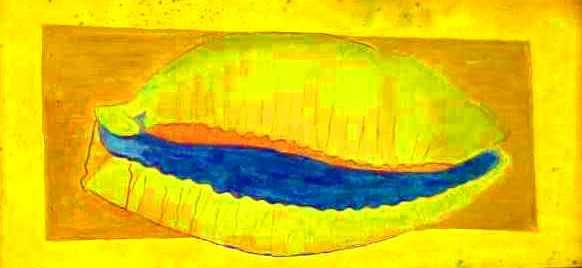Article by Etnia Nativa call us 592 2702 and book your experience!
We know that the massive industry devastates marine life and its habitat worldwide. At least 50,000 mollusk species inhabit the Earth. Whereas some shells are harvested for their meat, others like the chambered nautilus, known for its beautiful, coiled multi-colored protective casings are collected solely for decorative purposes.
Currently marine protected areas vary in type and range from wildlife refuges to research facilities. Within these areas, human activity is restricted for conservation purposes to protect natural as much as cultural resources, Today it is prohibited by law to take shells or anything made with or out shells of the island. However this was not always the case since many marine shells were used to make rhythms, body decoration, tools and weapons since the existence of man, raw marine materials were scrutinized for the elaboration of all kinds of unimaginable artifacts and as a useful ingredients and a variety of purposes for ancient Arubans.
Tribal artisans were highly regarded artists and handymen of a people. Some were able to transfer spiritual powers in their work, through prayers or blessings. Survival and culture go hand in hand and the artisan uses everything he can put into his hands. Tribal royalties, objects, ornaments, war and hunting equipment, etc. They had their physical purpose, as well as a symbolic and spiritual connection value. The goal of exhibiting social distinction or status. It had its incessant demand when it came to the hand and quality of experienced craftsmen to supply these social outfits. These artistic creations worked perfectly as a medal of bravery for a warrior as a token of appreciation or as a tired magic totem, a “counter” to ward off omens and bad spells. Others had to promote healing and spread cleansing powers. However, as a symbol of political status and valued as a trade item. Strombus shells were on many occasions the basic material used in the manufacture of the so-called Quiripa. Having one or more holes and some cases a semi-drilled hole that is believed still to be perforated. Many “button” as Aruban’s calls these shell beads since their similarity to a button. Many were rescued during salvage archaeological excavations in Santa Cruz, Aruba. Santa Cruz was a highly organized settlement and important town during Aruba’s Ceramic Period. There is even an area in Sta. Cruz called “Boton” because of the many shell buttons that were found in that area.
To get to know more over Aruba’s and its origins, its animals and culture, we highly recommend you to book your visit for our renowned cultural encounter session has been entertaining curious participants for decades. Mail us at etnianativa03@gmail.com or WhatsApp 297 592 2702 to confirm your participation. Our facilities and activities take place close to high rise hotels.















